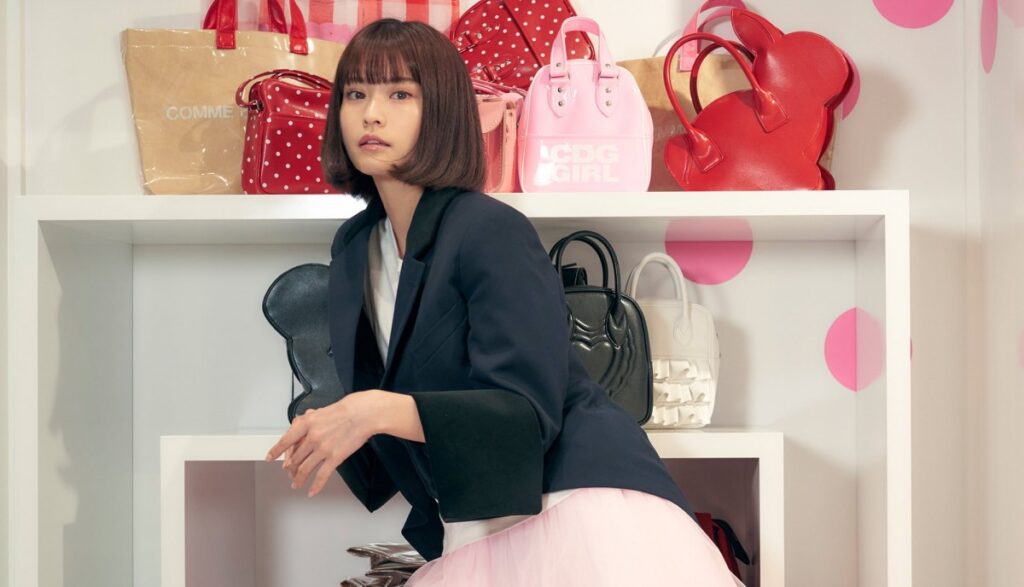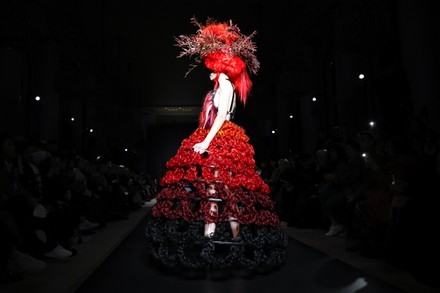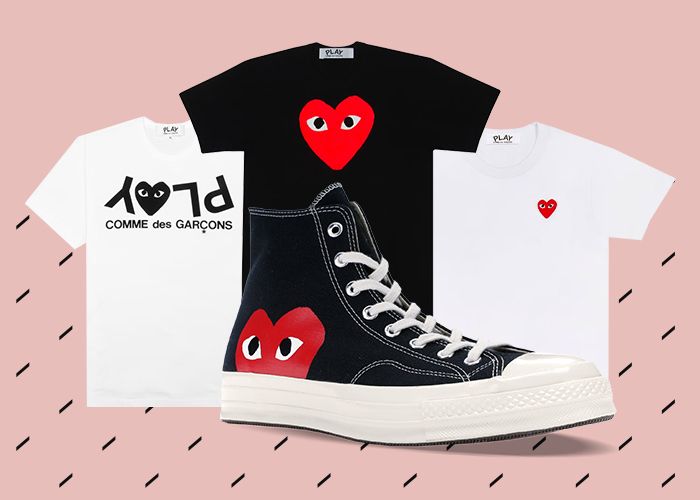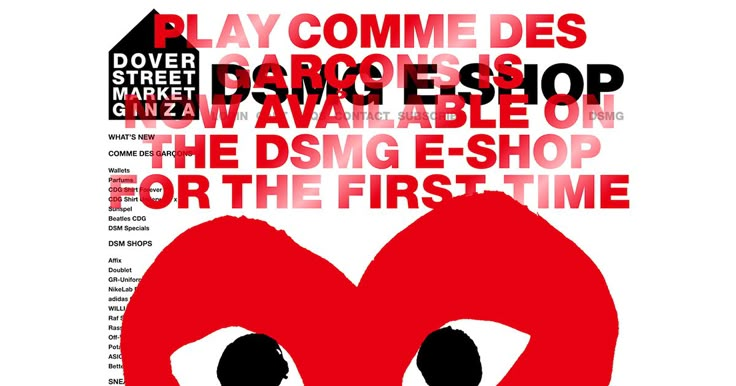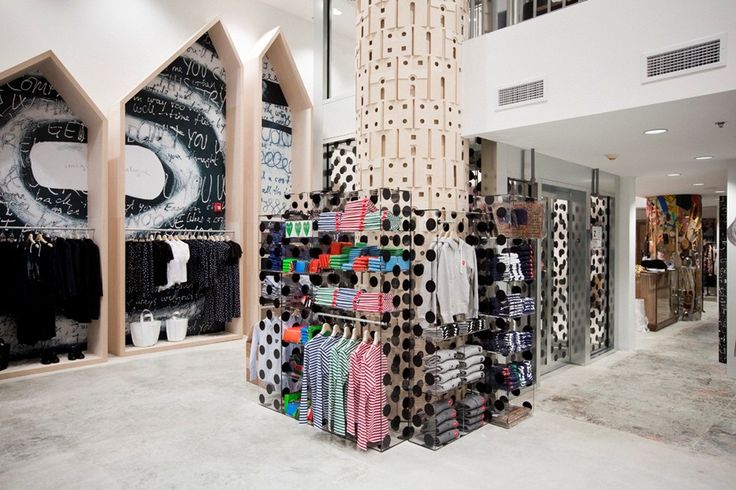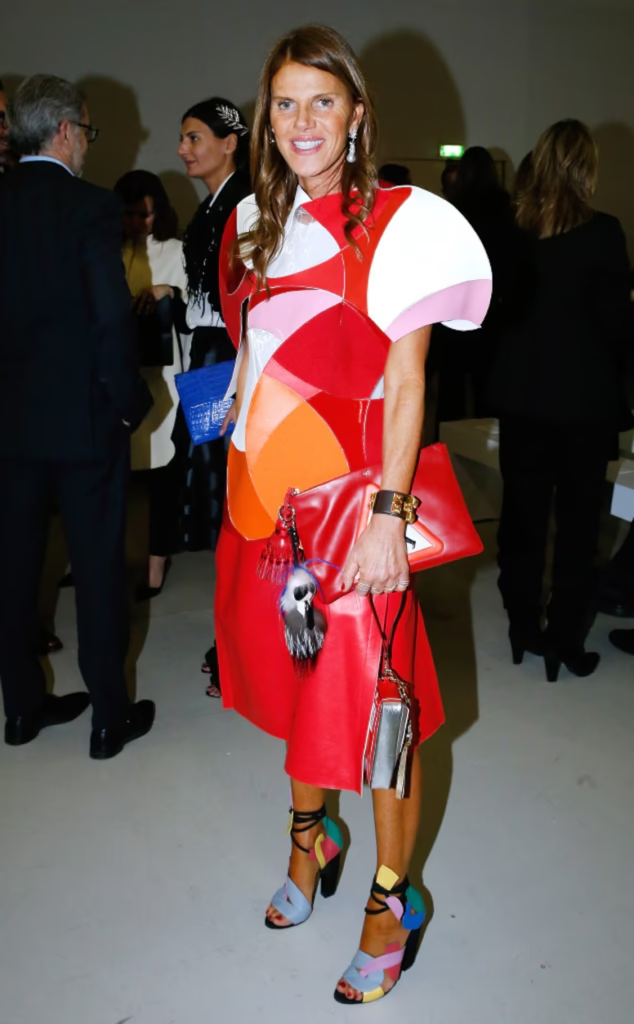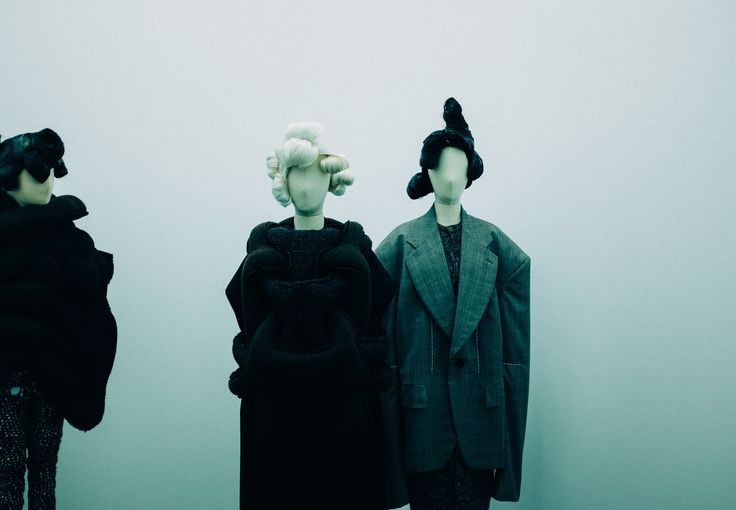When most fashion houses were drowning in bright colors and gaudy patterns during the 1980s, Rei Kawakubo made a gutsy move. The brains behind Comme des Garcons shook things up by introducing collections that were almost entirely black – not just as a background, but as the main event. This was no ordinary color choice; it was a bold statement that would change the entire fashion world’s perception of design, style, and beauty forever.
The Revolutionary Vision of Comme des Garcons
Comme des Garcons burst onto Tokyo’s fashion scene with a vision that totally upended everything the West took for granted. While Parisian runways were showing off sleek, sophisticated silhouettes, this label was pushing the boundaries in a whole different way. Comme des Garcons defined the art of black in a way that stripped away pretence and got to the raw truth of clothes.
The brand’s philosophy trickled down to everyday items – today, fashion enthusiasts can get everything from a simple wallet to statement outerwear that sports that unmistakable CDG style. Who would’ve thought that a red heart emblem, designed by Polish artist Filip Pagowski for the Play Comme Des line, would become one of fashion’s most iconic symbols, popping up on items in-store and online all around the world?
Deconstruction: Breaking Fashion’s Sacred Rules
Kawakubo’s genius lay in being able to take apart not just clothes, but the very idea of what clothes are meant to be. Her black pieces had asymmetrical cuts, exposed seams, and deliberate imperfections – and that was the point. A black shirt wasn’t just a shirt with a CDG logo on it; it was a question to the wearer, and to anyone else who saw it.
That deconstructive vibe even carried over to collaborative projects, like the Converse Chuck Taylor ’70 sneakers. These designs took the classic high top silhouette and added that unmistakable heart logo, showing that rebellion can come in many forms.
The Symbolism of Black in Kawakubo’s World
In Japan, black carries a whole different load than it does in the West. It’s not just about mourning – it’s about elegance, mystery, and the space between life and non-existence. Kawakubo took that cultural understanding and pushed it even further. Her black pieces were designed to draw attention, not make you invisible.
Comme des Garcons now has a whole range of items, from a simple black wallet to some seriously experimental pieces, like that stitch detail jacket. Every single one of them carries the brand’s signature approach to color – or the absence of it.
Play Comme Des: Making Avant-Garde Accessible
While the main collections were pushing boundaries, the Play Comme Des Garcons sub-label brought the brand’s vibe to a whole new audience. Those red-heart t-shirts, in particular, became a sort of cultural phenomenon – everyone from underground artists to mainstream celebs was rocking them. And that’s the point – you don’t need to wear an entire deconstructed ensemble to be part of the Comme des Garcons revolution.
That Converse collab, for example, resulted in some seriously cool Chuck Taylor ’70 designs – and made avant-garde fashion accessible to people who never thought they’d be into it. And, of course, there are all the K-Way jackets, full zip hoodies, and other items that have helped the brand reach a whole new audience.
Beyond Clothing: The Complete CDG Universe
The brand’s influence spreads far beyond just clothes. Check out those huge logo wallets and fluo wallet designs – they’re just as bold as the clothing lines. And then there are the fragrances – eau de parfum, eau de toilette – that carry the same minimalism as the clothing.
Fashion enthusiasts can explore all sorts of collections, from the classic polka dot patterns that playfully subvert the brand’s typically stark aesthetic to those super fluo tote bags that add a splash of color. The SA3100 CDG, SA710,0, and SA2100 series are all about wallet designs, each with its own twist and take on the brand’s DNA.
The brand even has these hem series and unisex offerings, which show just how far Comme des Garcons is willing to push the boundaries. Whether it’s shorts for summer, a cardigan for layering, or wool pants for colder months, every single piece has that unmistakable Comme des Garcons style.
The Global Impact and Cultural Resonance
Comme des Garcons now operates globally, with multiple currency options and language options to match. The brand’s “currency language currency” approach to retail shows just how far they’ve come in keeping their Japanese roots while reaching an international audience.
And it’s not just the current generation of designers who are inspired by Kawakubo’s vision – the brand’s influence can be seen across multiple generations of fashionistas. Comme des Garcons took a radical rejection of color and turned it into a timeless approach to fashion – proving that limitation can actually lead to endless creative possibilities.
Fashion students spend hours studying how a simple black heart on a white background, and all the wacky variations that come with working black hearts and white backgrounds, can somehow manage to be way more iconic than some of the over-the-top logos everybody else is using. In classrooms all over the world, the designs of Comme des Garcons are torn apart and picked apart – and it’s from this kind of deconstruction that future designers learn that innovation almost always comes from looking at things in a different way rather than just running with the crowd.
The Enduring Legacy of Black
Comme des Garcons taught the fashion world that black isn’t something you can just pick up at the local store –a statement, through and through. Think of the classic Converse Chuck collaborations, a CDG silver accessory, or even some of the wacky experimental pieces they like to sneak in with newfangled print technologies and fabrics that push the boundaries of what’s possible – the brand always keeps pushing on to see what black can mean in the world of fashion today.
The red heart emblem against a black background, the stitching that you can see, the asymmetrical cuts on their designs – all these things have become like a code that fashion designers use to communicate – and they show up in the work of designers who may never even mention Kawakubo, but who’ve soaked up her ideas about tearing things apart and the beauty of keeping things simple.
From the fancy-schmancy fashion houses right down to people on the street, the impact of Kawakubo’s ideas is everywhere. Take a zipped seam, the decision to leave a seam hanging out, or the willingness to play around with weird silhouettes – all of these things can be traced back to the revolution she started with her black collections.
Frequently Asked Questions
What is the meaning of Comme des Garcons?
Comme des Garcons translates to “like boys” in French. Rei Kawakubo chose this name to mirror her layout philosophy of creating garments that challenged female stereotypes and conventional gender norms in style. The name itself changed into a declaration, approximately rejecting traditional expectations.
What is the Comme des Garcon controversy?
The emblem has faced several controversies over the years, most notably around cultural appropriation in some collections and pricing techniques. A few critics have additionally puzzled whether the emblem’s extra business strains, particularly those with the heart emblem, dilute the avant-garde venture of the mainline collections. Additionally, there were debates about the accessibility of actually experimental pieces versus extra wearable items.
Is Comme des Garcons French or Japanese?
Comme des Garcons is a Japanese logo based in Tokyo in 1969 by Rei Kawakubo. Regardless of the French name, it is very well Jap in its origins and philosophical method. The French name was a deliberate creative desire, reflecting Kawakubo’s hobby in Western style traditions that she could ultimately subvert.
Who wears Comme des Garçons?
The logo attracts a numerous following—from style enterprise insiders and avant-garde fans to celebrities and streetwear fanatics. The mainline collections enchantment to those seeking an experimental, architectural style, while the Play line, with its heart emblem, draws younger consumers and people new to the logo. Artists, musicians, and innovative professionals specifically gravitate towards the label’s unconventional aesthetic.


